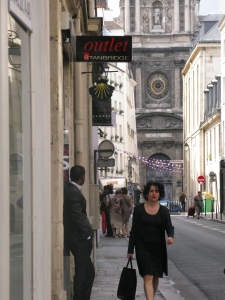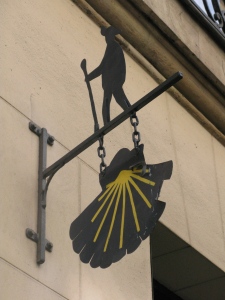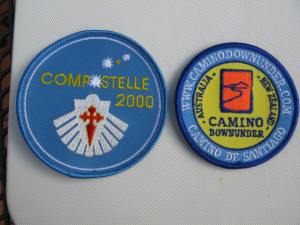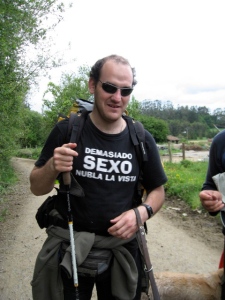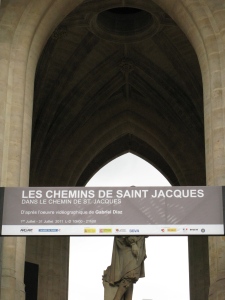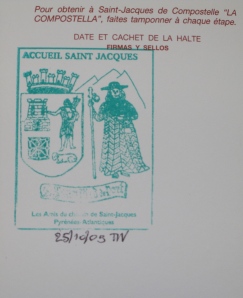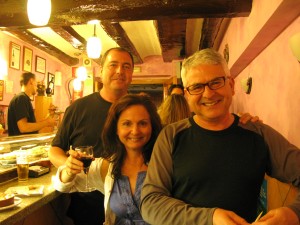On Monday, June 10 as part of the 2013 Sydney Film Festival will be premiered Australia’s first ever full length film as a documentary genre about the Camino de Santiago – specifically, the Camino Francés track commencing in the Pyrenees.
Although, the dramatic background is the Camino de Santiago from Roncesvalles in the Spanish Pyrenees to Santiago de Compostela in Spain’s far northwest; the narrative concerns three recovering drug addicts (two men and one female). All three from Sydney are very fragile emotionally, psychologically and physically. They are guided and advised by their drug and alcohol counsellor who is of Irish descent having previously walked the Camino Francés a number of times. These three deeply flawed human beings are nonetheless transformed by their Camino experiences; but their extreme reactions on the Camino Francés have their genesis in their previous lives before getting onto this pilgrimage track. However, their time on the Camino is existential.
Unlike the fictional American film The Way (previously reviewed by Camino Downunder in 2012), this is a unique film genre and it took 9 years from concept and filming in 2004 to its first public viewing this month in June, 2013.
Information received is that this World Premiere on Monday night has already sold-out.
Camino Downunder will be reviewing this 90 minute film and will post the film review and critique in the Camino Downunder Blog.
To see the film trailer from the Sydney Film Festival site, click on the link below
http://www.sff.org.au/films-container/the-unlikely-pilgrims/
